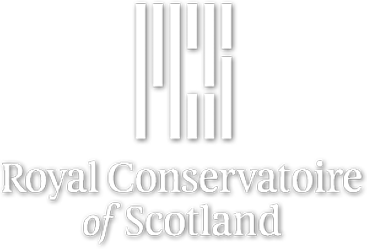The Presentation of Self in the Classical Ballet Class: Dancing with Erving Goffman
Research output: Contributions to journals › Article › peer-review
Contributors
About
This article analyses the social interactions and behaviours evident within an adult, amateur ballet class in one of Scotland’s cities. Using an ethnographic empirical approach, the study utilises Erving Goffman’s model of dramaturgy to explore the impression management of participants from the ballet class. Evidence (data) was generated through a triangulation of methods enabling the following themes to be explored: vocabulary of ballet; ballet body idiom; and teacher–pupil dynamics. The creation of a grounded coding framework saw evidence emerge to suggest that the nature of the dominant ‘realities’ being presented and maintained are ones that reinforce and authenticate the dancers as embodied ballet students. Much ballet-related behaviour involves staged presentations of self, felt to be necessary for conveying the ‘correct’ impression or demeanour expected of a ballet dancer. This article explores the techniques adopted to foster, present and maintain these fronts, seeking to theoretically explain their contextual aspects.
Details
| Original language | English |
|---|---|
| Pages (from-to) | 14-27 |
| Number of pages | 14 |
| Journal | Research in Dance Education |
| Volume | 17 |
| Issue number | 1 |
| DOIs | |
| Publication status | Published or Performed - 20 Nov 2015 |
